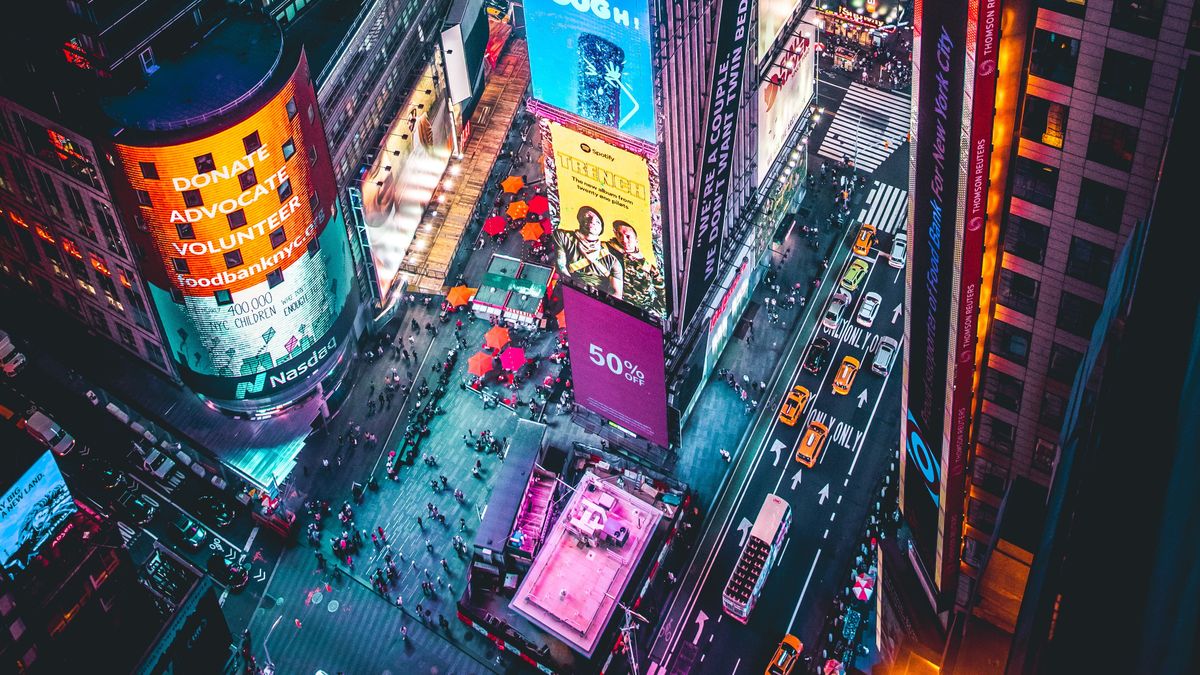
While smartphones have shifted internet usage habits in favor of mobile access, that’s still subject to network capacity – and anyone who’s been stuck in a crowded city or sports arena can tell you how slow their speeds get.
We sat down with Verizon consumer wireless group CEO Ronan Dunne at CES 2020 to explain how Verizon 5G should expand enough bandwidth to dramatically improve uploading speeds – even for customers stuck in areas full of active 5G users.
“In the context of the overall bandwidth available, this idea of congestion will become a thing of the past. Because a significant amount of the traffic will be sitting on the millimeter wave environment,” Dunne said. “So think of somewhere like Times Square at 5 PM going from maybe single-digit throughput speeds to 50 Mbps at the edge and 200 Mbps in the middle of Times Square.”
- What are the 5G phones on sale now?
- Here’s everything – everything! – we saw at CES 2020
- Curious about the competition? Here’s all we know about T-Mobile 5G’s plans
That’s big news for anyone who has spent time in crowded places where they just can’t seem to send a text, let alone upload a tweet or photo to Instagram.
Obviously this could seriously appeal to livestreamers and other content creators, but it could also benefit anyone else relying on quick online access. Faster 5G uplink speeds in a sports arena include fewer delays in things like fantasy sports and/or sports betting, Dunne suggested. This might be better used by commercial interests, though, like 5G cameras on the go at sporting events or 5G hubs in backpacks.
Better bandwidth means better performance – even for folks off 5G
While 5G promises much faster speeds than those on 4G LTE networks, you’ll actually need to own a 5G phone to get them. That’s undeniably true – but there are hidden benefits to 5G networks that stand to benefit everyone, even those who haven’t bought handsets capable of accessing the next-gen networks.
Verizon’s high-speed but small-area millimeter wave (mmWave) 5G strategy is to build coverage in high-traffic urban areas where the majority of the traffic is. Put simply, there’s more infrastructure and more bandwidth to handle it. And since all the high-bandwidth users will be sending data over the 5G portion of the network, there’s more of the lower-band 4G LTE to go around for folks who haven’t upgraded.
Increasingly smart networks will be able to prioritize which content should get bandwidth first – not, Dunne stressed, as a manner violating Network Neutrality, but to give less important requests slightly slower speeds. If your email arrives eight milliseconds later, it will have zero impact, he suggested. This leads to a more efficient network overall – which will only get better as we roll forward into 2020.